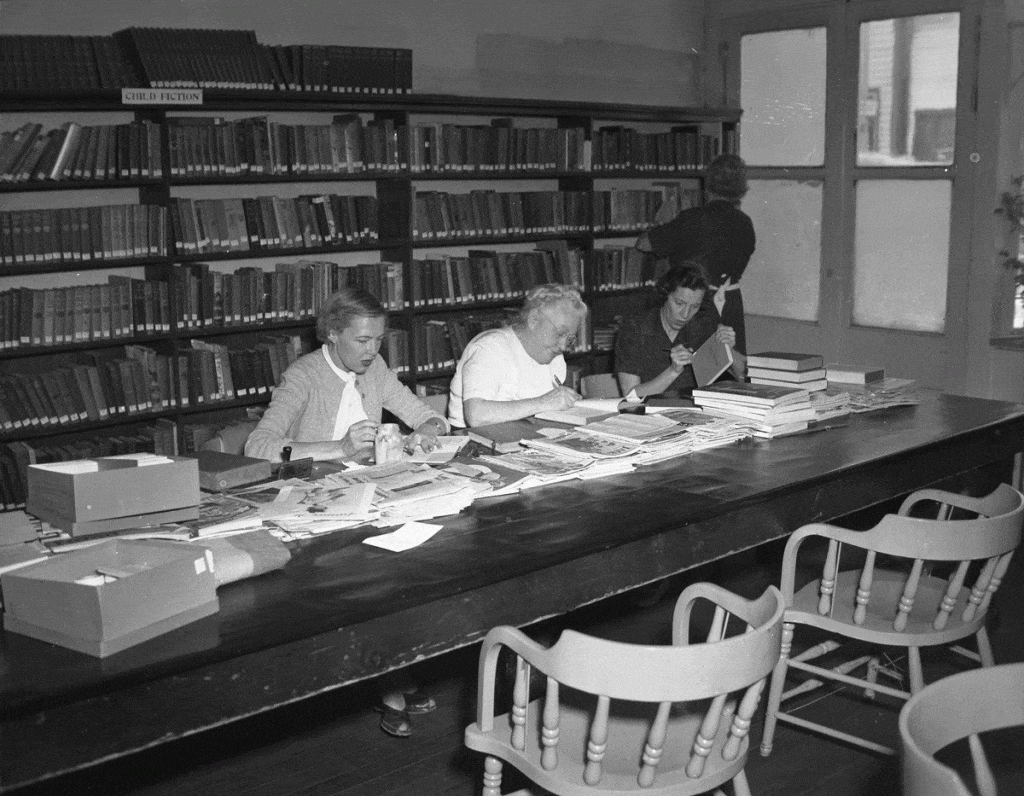“It seems evident to all that there is a crying need in our town, a live town of 5000 population, for a Real Library,” the Park Record proclaimed on March 30, 1917. The question, however, was not if Park City needed a library, but how to fund it.
Parkites saw an answer in Andrew Carnegie, industrial steel magnate and philanthropist. In 1880, Carnegie had set up a foundation to fund the construction of public libraries in communities across the United States and the world. While at first the communities that received funding were ones with which Carnegie had personal connections, by the turn of the century, the number of libraries funded had dramatically increased. This coincided, in part, with the rise of women’s organizations like the Woman’s Athenaeum Club of Park City. Nationally, these clubs were responsible for the organizational efforts of about 75-80% of all libraries.
To qualify for a Carnegie grant, communities had to follow a certain formula. This formula emphasized local input by requiring, among other things, that a city draw from public funds (not just private) to run the library, annually contribute 10% of the original construction costs to support operation, and provide free service for all.
A.B. Fowler, principal at the Park City High School, was instrumental in getting the local effort to establish a Carnegie library off the ground. At a city council meeting in March 1917 Fowler and students from his ethics class presented a petition signed by over five hundred Parkites. The mayor endorsed the petition and set up a committee to investigate potential sites and funding sources.
A $10,000 grant was available for Park City from the foundation for construction once a site had been chosen after which Parkites would have to give $1,000 annually for the library’s upkeep. The simplest way to fund this, Fowler and the rest of the library committee argued, would be through taxes.
While Parkites initially showed a lot of interest, a much larger event quickly pulled attention away from the issue: on April 6, 1917, the United States joined the First World War. Draft registration, the purchase of war bonds, Red Cross fundraising, victory gardens, and so much more took precedence over a local library.
A special election to approve the library and its funding was held on July 26, but in the end only sixty-six people voted. The majority voted yes, but concern waned and plans lagged as Parkites focused on the war.
By 1919, after war’s end, a site still had not been chosen and though there was brief renewed interest in the project, no decisive steps were taken. That year, Andrew Carnegie died and the final foundation grants were dispersed. Park City had lost its chance for an official Carnegie library, though it did eventually open a public library. In the end, over 1,600 public libraries were built in the US using Carnegie funds. The last to be constructed was in American Fork, right here in Utah. It has since been demolished.

Credit: Park City Historical Society and Museum, Kendall Webb Collection